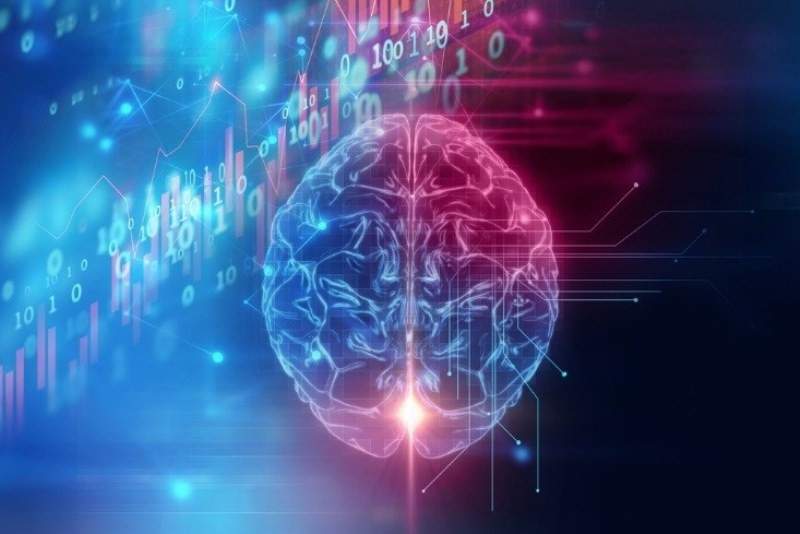
AIHuB is designed to identify and track more than 30 medical conditions from 14 regions of the body.
It is capable of assessing images from magnetic resonance imaging (MRI), computed tomography (CT) scan, X-ray and mammography, employing an AI-based technology that combines several diagnostic techniques to determine areas of illnesses such as stroke, Alzheimer’s and cancer.
In addition, AIHuB employs a user-friendly interface to facilitate improved medical management, medical treatment as well as transparent medical services that will connect with other in-hospital systems.
The on-site platform is capable of offering real-time connection, and features neural network solvers and libraries.
JLK Inspection CEO Won Tae Kim said: “We are excited to show how we are able to assist users with quantitative analysis of their medical images at their own convenience.”
According to JLK Inspection, AIHuB has the ability to offer optimal diagnosis support based on deep learning technologies, unique algorithms and imaging procession techniques.
The platform is expected to help all the patients suffering from both minor and major ailments.
Using AIHuB, physicians can diagnose diseases in a faster and more accurate way by employing a single central system that is focused on brain diseases such as ischemic strokes, hemorrhagic strokes, brain aneurysms, Alzheimer’s disease, lung cancer, prostate cancer, and others.
Last month, JLK Inspection launched its JBS-01K system at The Radiological Society of North America (RSNA) event.
Based in South Korea, JLK Inspection has so far raised over $17m in venture capital (VC) funding.
The company currently has offices in Silicon Valley, California as well as research and development (R&D) and manufacturing sites in Seoul, South Korea.


